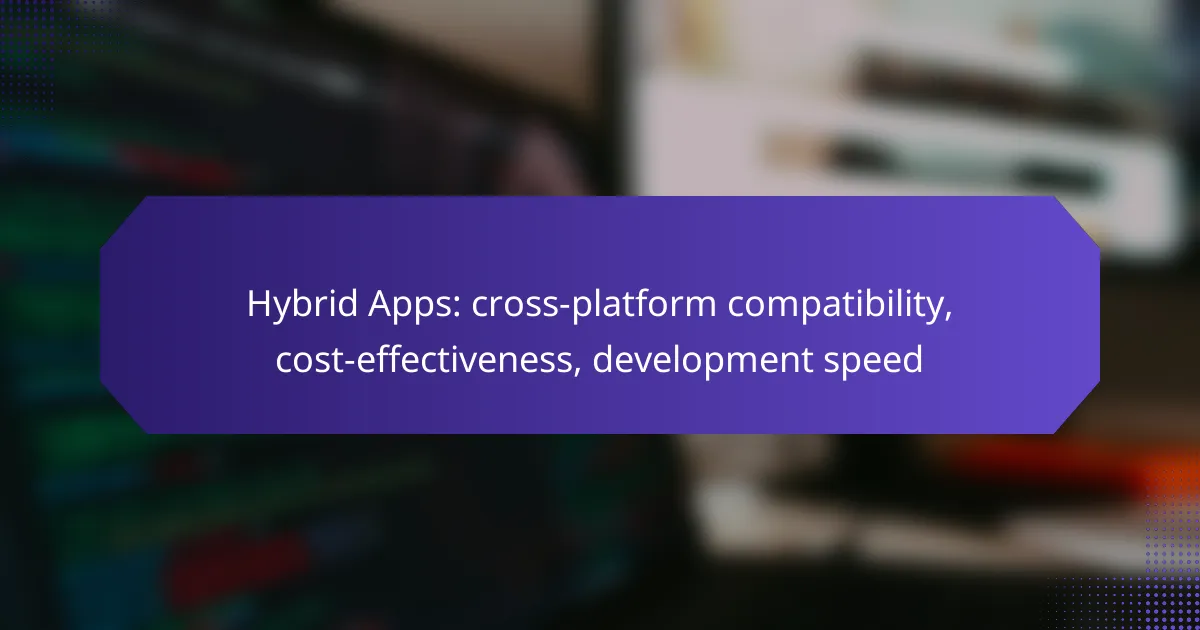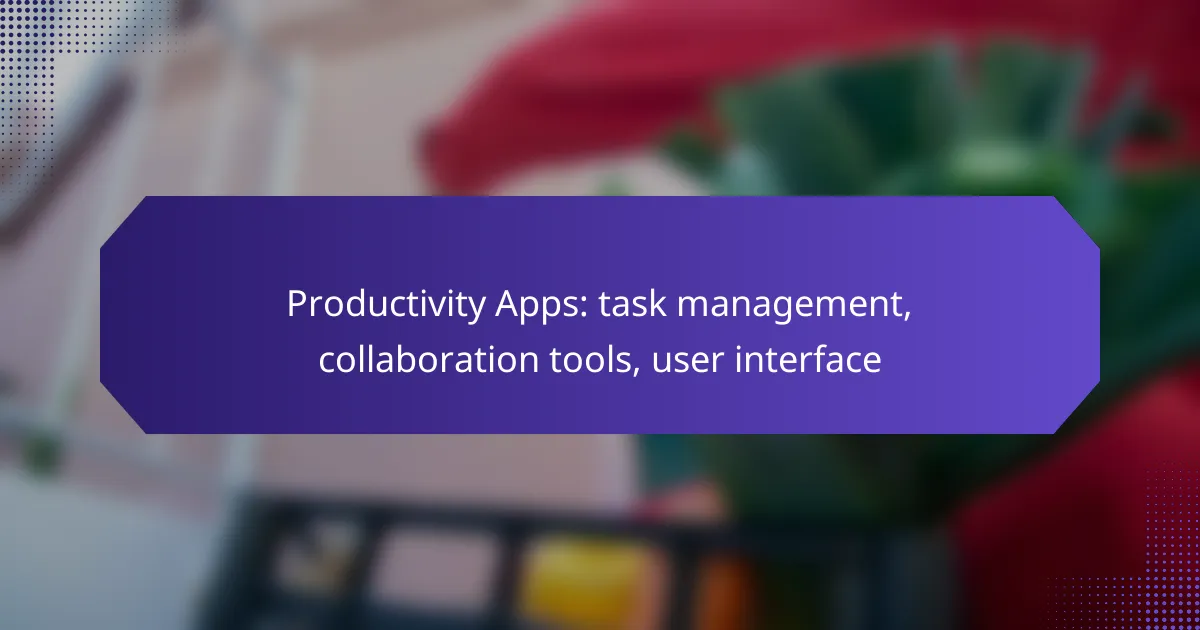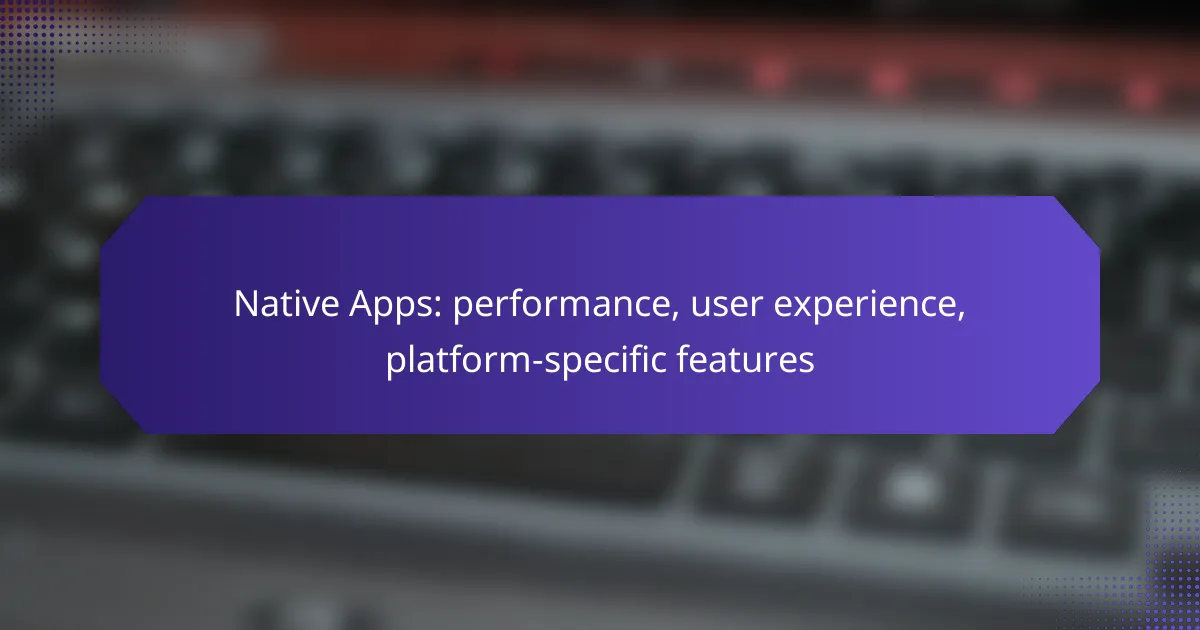Hybrid apps leverage web technologies alongside native functionalities to ensure cross-platform compatibility, enabling them to operate seamlessly on both iOS and Android devices. This innovative approach not only accelerates development speed but also enhances cost-effectiveness by allowing developers to maintain a single codebase for multiple platforms, ultimately streamlining the app creation process.

How do hybrid apps achieve cross-platform compatibility?
Hybrid apps achieve cross-platform compatibility by combining web technologies with native functionalities, allowing them to run on multiple operating systems like iOS and Android. This approach reduces development time and costs while maintaining a consistent user experience across devices.
Use of web technologies
Hybrid apps leverage standard web technologies such as HTML, CSS, and JavaScript to create user interfaces and functionalities. This allows developers to write code once and deploy it across various platforms, significantly reducing the workload compared to native app development.
By using web technologies, hybrid apps can easily adapt to different screen sizes and resolutions, ensuring a responsive design. This flexibility is crucial for reaching a wider audience without the need for multiple codebases.
Frameworks like React Native
Frameworks such as React Native facilitate the development of hybrid apps by providing a bridge between web technologies and native components. This enables developers to create apps that feel native while still using familiar web languages.
React Native, for example, allows developers to write components in JavaScript that render as native widgets on both iOS and Android. This approach not only speeds up development but also enhances performance compared to traditional hybrid solutions.
Integration with native features
Hybrid apps can access native device features like the camera, GPS, and push notifications through plugins and APIs. This integration is essential for providing a seamless user experience that utilizes the full capabilities of the device.
However, developers should be mindful of the limitations of hybrid apps when it comes to performance-intensive tasks. For applications requiring high processing power, native development might be a better option. Balancing the use of native features with the benefits of hybrid development is key to creating successful applications.

What are the cost-effectiveness benefits of hybrid apps?
Hybrid apps offer significant cost-effectiveness by combining the benefits of both native and web applications. They allow developers to create a single codebase that runs on multiple platforms, reducing overall expenses and resource allocation.
Reduced development costs
Developing hybrid apps typically requires fewer resources compared to native apps, as a single codebase can be deployed across various operating systems. This can lead to savings of up to 50% in development costs, depending on the complexity of the app and the number of platforms targeted.
By utilizing frameworks like React Native or Flutter, developers can leverage existing web technologies, which can further decrease the need for specialized skills and shorten the development timeline. This approach minimizes the hiring of multiple teams for different platforms.
Lower maintenance expenses
Maintenance costs for hybrid apps are generally lower due to the unified codebase. Changes or updates can be made once and applied across all platforms, eliminating the need for separate updates for iOS and Android versions.
Additionally, the reduced complexity in managing a single codebase means that fewer resources are needed for ongoing support and troubleshooting. This can lead to savings of around 30% in maintenance expenses over time.
Faster time to market
Hybrid apps can be developed and launched more quickly than their native counterparts. The ability to write code once and deploy it across multiple platforms accelerates the overall development process, often reducing the time to market by several weeks or even months.
This rapid deployment is crucial for businesses looking to capitalize on trends or respond to market demands swiftly. By prioritizing hybrid app development, companies can gain a competitive edge and start generating revenue sooner.

How does development speed compare to native apps?
Hybrid apps typically offer faster development speeds compared to native apps due to their cross-platform nature. By using a single codebase for multiple platforms, developers can significantly reduce the time and resources needed for app creation and updates.
Single codebase advantage
The primary benefit of a single codebase is that developers write the application once and deploy it across various platforms, such as iOS and Android. This approach eliminates the need to create separate versions of the app, which can be time-consuming and costly.
For instance, if a feature needs to be updated, developers can implement the change in one codebase rather than in multiple codebases. This not only accelerates the development process but also ensures consistency across platforms.
Rapid prototyping capabilities
Hybrid app frameworks often allow for rapid prototyping, enabling developers to quickly create and test app concepts. This speed facilitates faster iterations based on user feedback, which is crucial for refining features and improving user experience.
Tools like Ionic or React Native provide templates and components that can be easily customized, allowing teams to develop a minimum viable product (MVP) in a matter of weeks instead of months. This agility can be a game-changer in competitive markets.
Streamlined testing processes
Testing hybrid apps can be more efficient due to the single codebase, as it reduces the number of unique test cases needed. Developers can focus on cross-platform functionality rather than testing separate versions for each operating system.
Additionally, automated testing tools can be employed to run tests across different devices and platforms simultaneously, further speeding up the quality assurance process. This helps in identifying and fixing bugs more quickly, ensuring a smoother launch.

What are the key frameworks for hybrid app development?
Key frameworks for hybrid app development include Apache Cordova, Ionic Framework, and Flutter by Google. These frameworks enable developers to create applications that work across multiple platforms while optimizing for cost and speed.
Apache Cordova
Apache Cordova is a widely-used framework that allows developers to build mobile apps using HTML, CSS, and JavaScript. It acts as a bridge between web applications and native device features, enabling access to functionalities like the camera, GPS, and file storage.
When using Cordova, consider its extensive plugin ecosystem, which can enhance app capabilities. However, performance may vary based on the complexity of the app and the device’s hardware, so testing on multiple devices is crucial.
Ionic Framework
The Ionic Framework is built on top of Angular and provides a rich library of UI components for hybrid app development. It focuses on delivering a native-like experience through a responsive design and smooth animations.
One of the advantages of Ionic is its strong community support and comprehensive documentation. Developers should be aware, however, that while Ionic apps can perform well, they may not match the speed of fully native applications in resource-intensive scenarios.
Flutter by Google
Flutter is an open-source UI toolkit from Google that enables developers to create natively compiled applications for mobile, web, and desktop from a single codebase. It uses the Dart programming language and offers a rich set of pre-designed widgets for a customizable user interface.
Flutter’s hot reload feature allows developers to see changes in real-time, significantly speeding up the development process. However, as a newer framework, it may have a smaller library of third-party plugins compared to more established frameworks like Cordova and Ionic.

What factors should be considered when choosing hybrid app development?
When selecting hybrid app development, consider the target audience’s needs and your budget constraints. These factors significantly influence the app’s design, functionality, and overall success in the market.
Target audience needs
Understanding the target audience is crucial for hybrid app development. Identify their preferences, device usage patterns, and specific requirements to ensure the app meets their expectations. For instance, if your audience primarily uses Android devices, prioritize Android compatibility in your development process.
Conduct user research or surveys to gather insights about your audience. This information can guide design choices, feature prioritization, and user experience enhancements, ultimately leading to higher user satisfaction and engagement.
Budget constraints
Budget constraints play a vital role in hybrid app development decisions. Hybrid apps can be more cost-effective than native apps since they allow for a single codebase to run on multiple platforms. However, initial development costs can vary based on the complexity of features and design requirements.
Establish a clear budget range before starting the project. Consider ongoing maintenance and updates as part of your financial planning. Avoid overspending by focusing on essential features first and planning for future enhancements based on user feedback and market trends.










